After the Antique: A rare Coadestone Townley vase, the rim and foot stamped Coade’s Lambeth and dated 1840, 92cm.; 36ins high by 54cm.; 21ins wide. Eleanor Coade (d.1821) opened her Lambeth Manufactory for ceramic artificial stone in 1769, and appointed the sculptor John Bacon as its manager two years later. She was employed by all the leading late 18th Century architects. From about 1777 she began her engraved designs, which were published in 1784 in a catalogue of over 700 items entitled A Descriptive Catalogue of Coade’s Artificial Stone Manufactory. Then in 1799, the year she entered into partnership with her cousin John Sealy she issued a handbook of her Pedlar’s Lane exhibition Gallery. The firm became Coade and Sealey from this date and following Sealey’s death in 1813, it reverted to Coade and in 1821 with the death of the younger Eleanor Coade control of the firm passed to William Croggan, who died in 1835, following bankruptcy. Coade’s manufactures resembling a fine-grained natural stone, have always been famed for their durability (see A. Kelly Mrs Coade’s Stone, London 1980). The original is a large Roman marble vase of the 2nd century AD , discovered in 1773 by the Scottish antiquarian and dealer in antiquities Gavin Hamilton in excavating a Roman villa southeast of Rome. The ovoid vase has volute handles in the manner of a pottery krater. It is carved with a deep frieze in bas-relief, occupying most of the body, illustrating a Bacchanalian procession. Its name comes from the English collector Charles Townley who purchased it from Hamilton in 1774 for £250. Townley’s collection, long on display in his London house in Park Street, was bought for the British Museum after his death in 1805. In the 19th century it was often imagined that Keats’ Ode on a Grecian Urn (1819) was inspired by the Townley Vase, though modern critics suggest instead that the inspiration was more generic, and may have also owed something to scenes portrayed on William Hamilton’s collection of Greek vases which entered the BM collection at around the same time. Copies of the Townley Vase have subsequently been made in a number of mediums including bronze, iron and lead.
After the Antique: A rare Coadestone Townley vase, the rim and foot stamped Coade’s Lambeth and dated 1840, 92cm.; 36ins high by 54cm.; 21ins wide. Eleanor Coade (d.1821) opened her Lambeth Manufactory for ceramic artificial stone in 1769, and appointed the sculptor John Bacon as its manager two years later. She was employed by all the leading late 18th Century architects. From about 1777 she began her engraved designs, which were published in 1784 in a catalogue of over 700 items entitled A Descriptive Catalogue of Coade’s Artificial Stone Manufactory. Then in 1799, the year she entered into partnership with her cousin John Sealy she issued a handbook of her Pedlar’s Lane exhibition Gallery. The firm became Coade and Sealey from this date and following Sealey’s death in 1813, it reverted to Coade and in 1821 with the death of the younger Eleanor Coade control of the firm passed to William Croggan, who died in 1835, following bankruptcy. Coade’s manufactures resembling a fine-grained natural stone, have always been famed for their durability (see A. Kelly Mrs Coade’s Stone, London 1980). The original is a large Roman marble vase of the 2nd century AD , discovered in 1773 by the Scottish antiquarian and dealer in antiquities Gavin Hamilton in excavating a Roman villa southeast of Rome. The ovoid vase has volute handles in the manner of a pottery krater. It is carved with a deep frieze in bas-relief, occupying most of the body, illustrating a Bacchanalian procession. Its name comes from the English collector Charles Townley who purchased it from Hamilton in 1774 for £250. Townley’s collection, long on display in his London house in Park Street, was bought for the British Museum after his death in 1805. In the 19th century it was often imagined that Keats’ Ode on a Grecian Urn (1819) was inspired by the Townley Vase, though modern critics suggest instead that the inspiration was more generic, and may have also owed something to scenes portrayed on William Hamilton’s collection of Greek vases which entered the BM collection at around the same time. Copies of the Townley Vase have subsequently been made in a number of mediums including bronze, iron and lead.
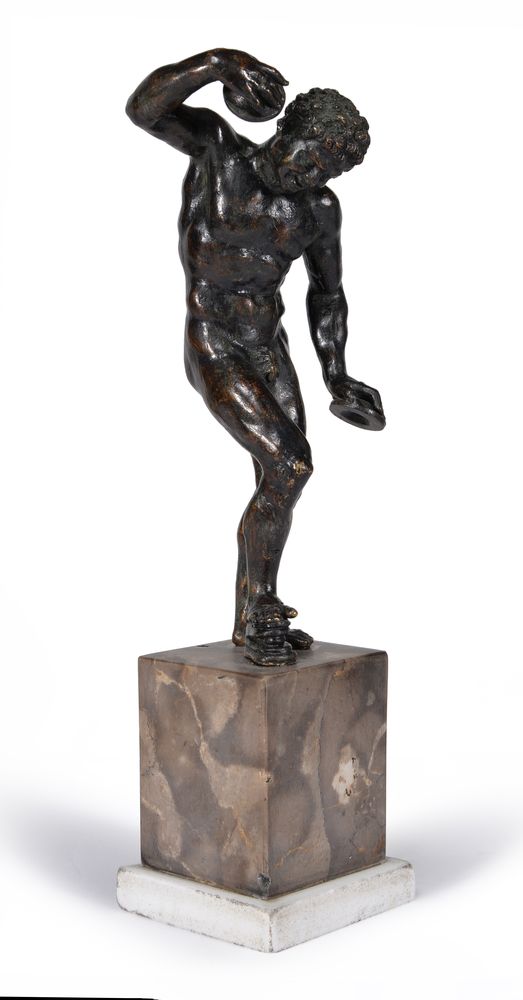







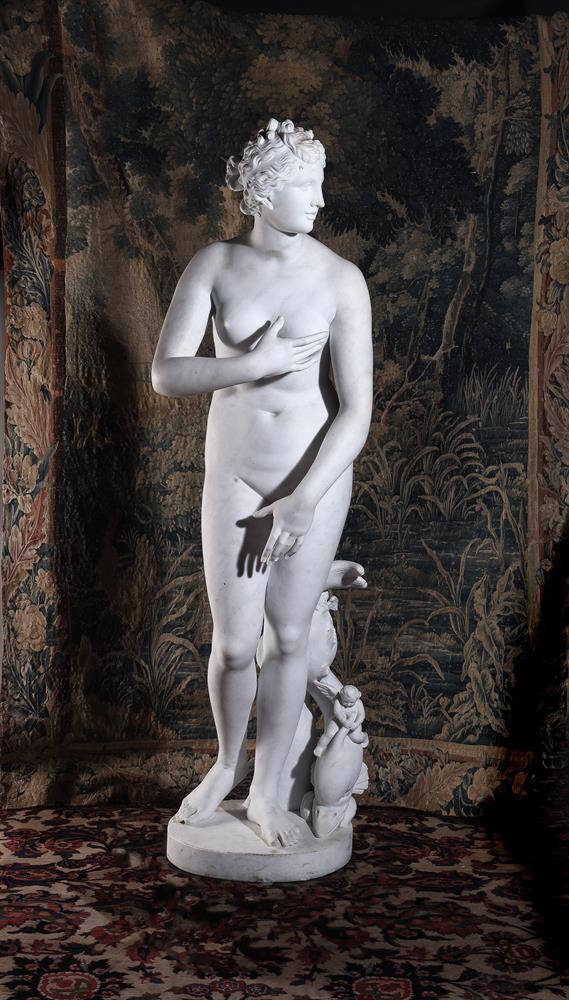
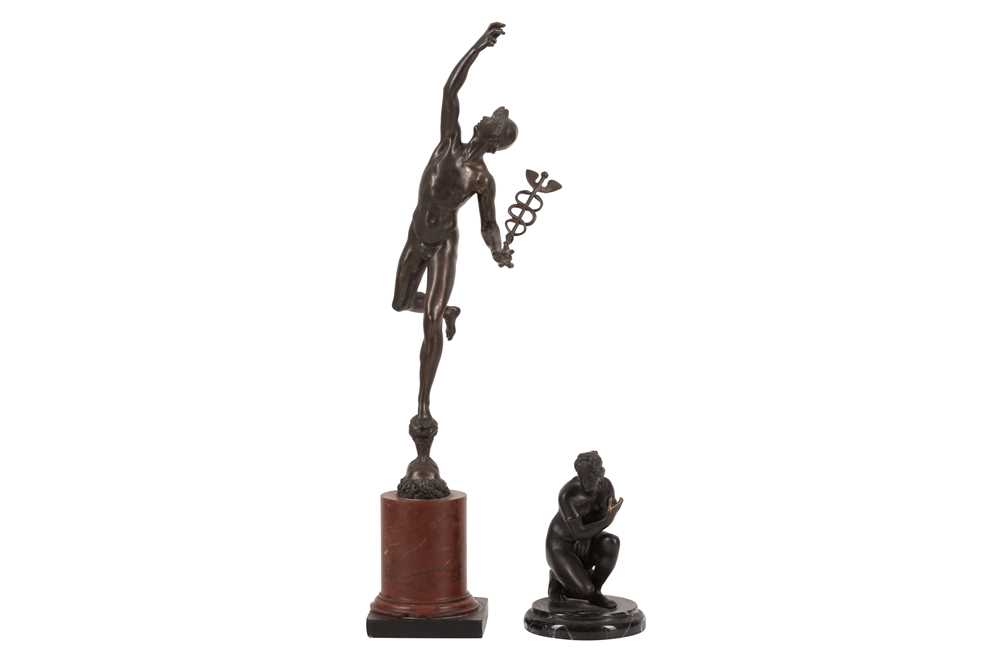
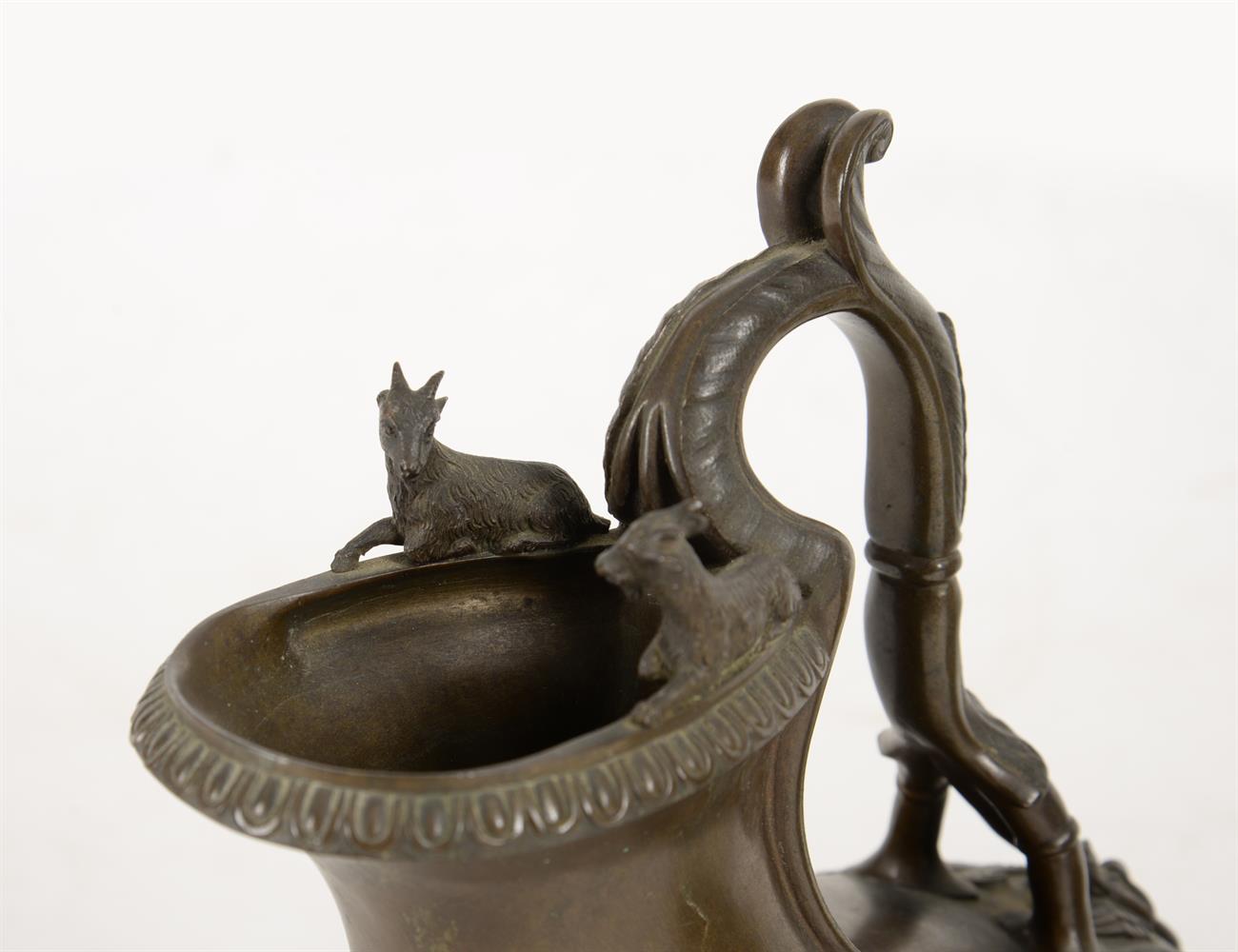

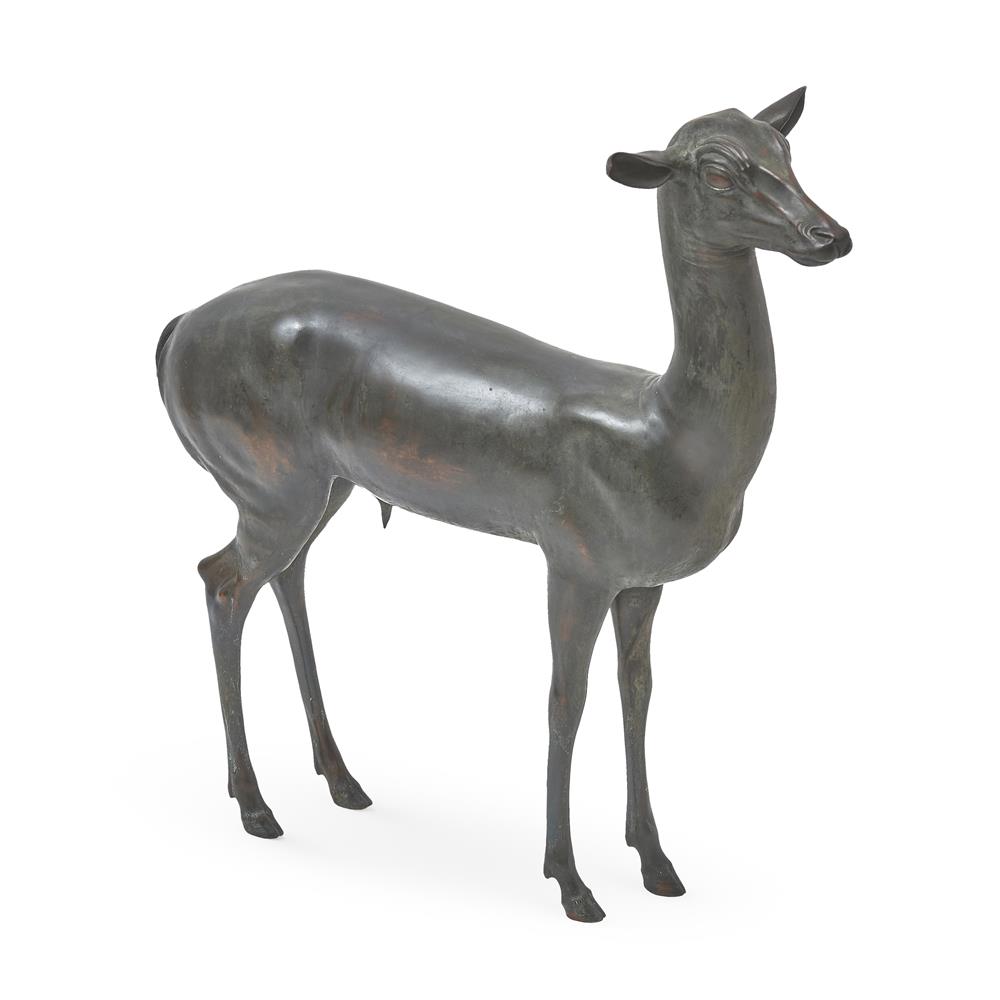


Testen Sie LotSearch und seine Premium-Features 7 Tage - ohne Kosten!
Lassen Sie sich automatisch über neue Objekte in kommenden Auktionen benachrichtigen.
Suchauftrag anlegen